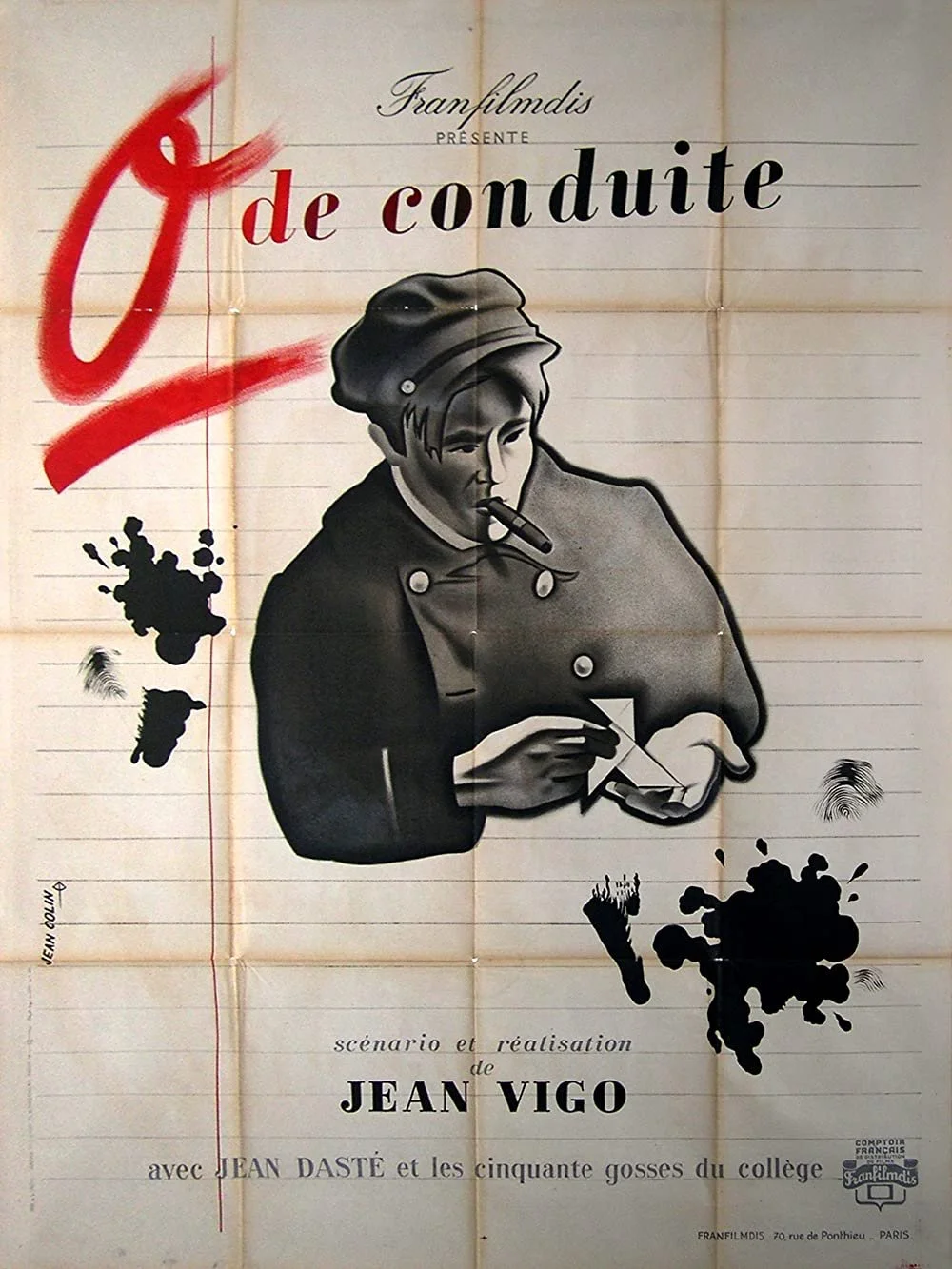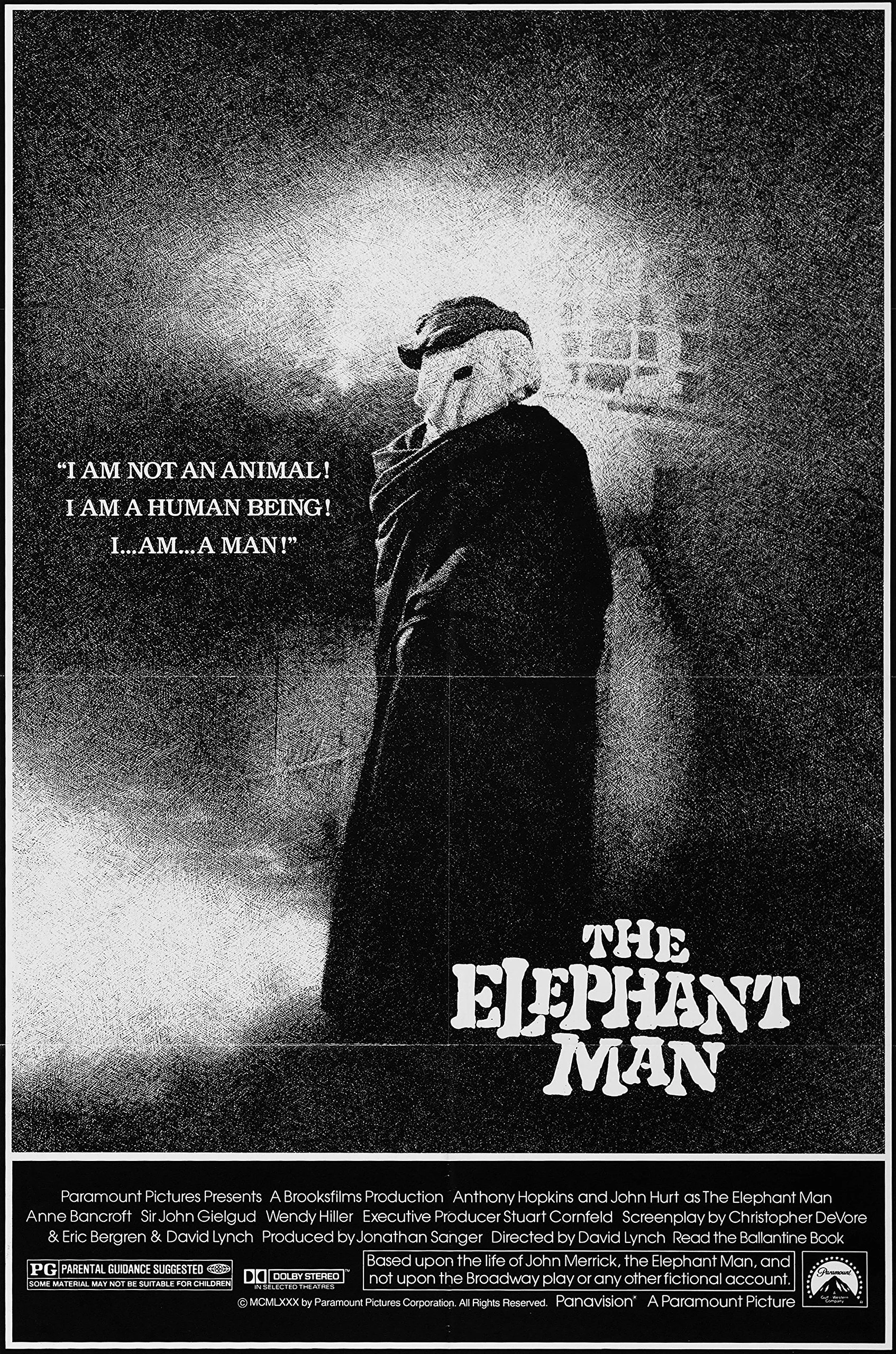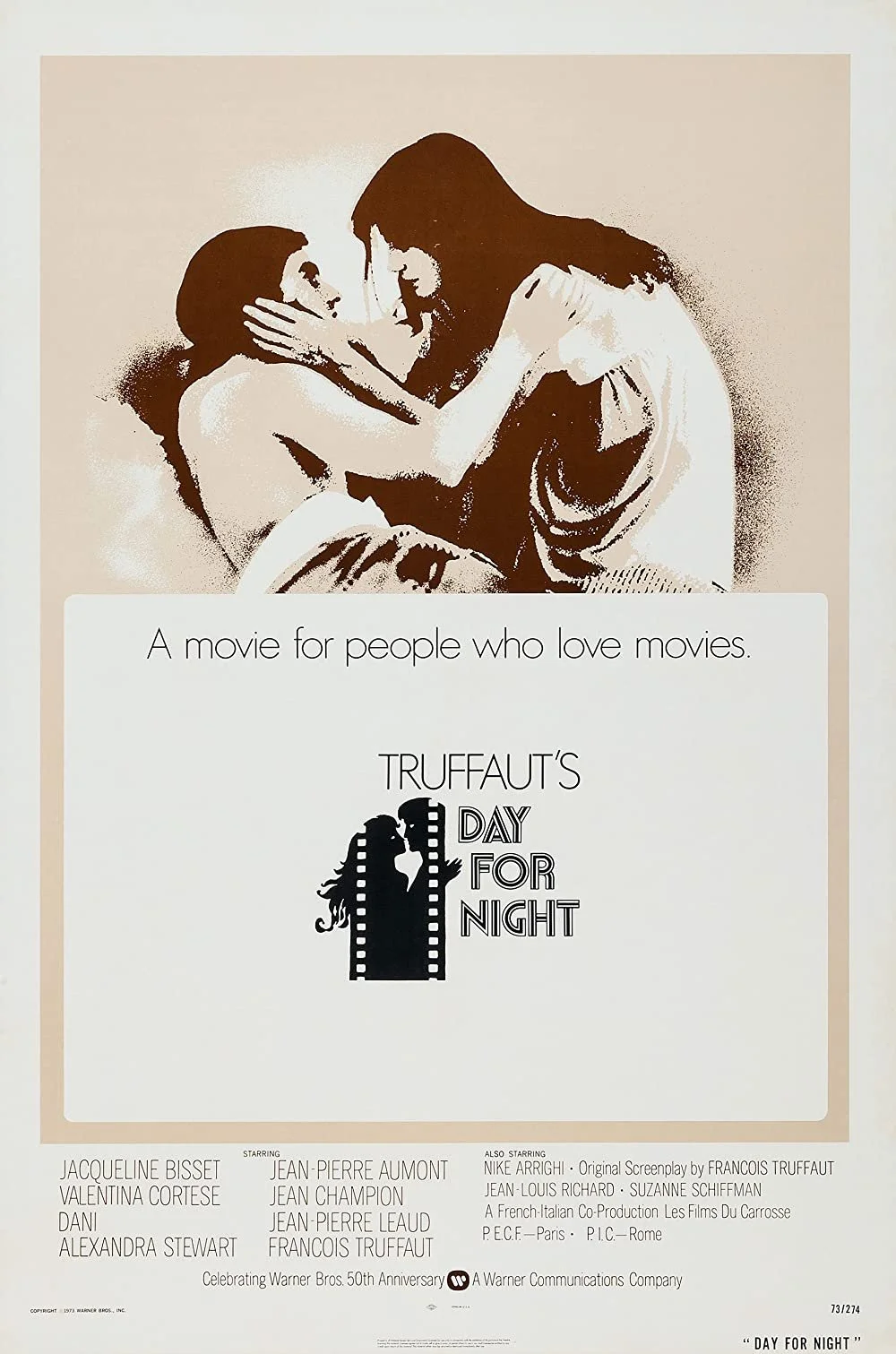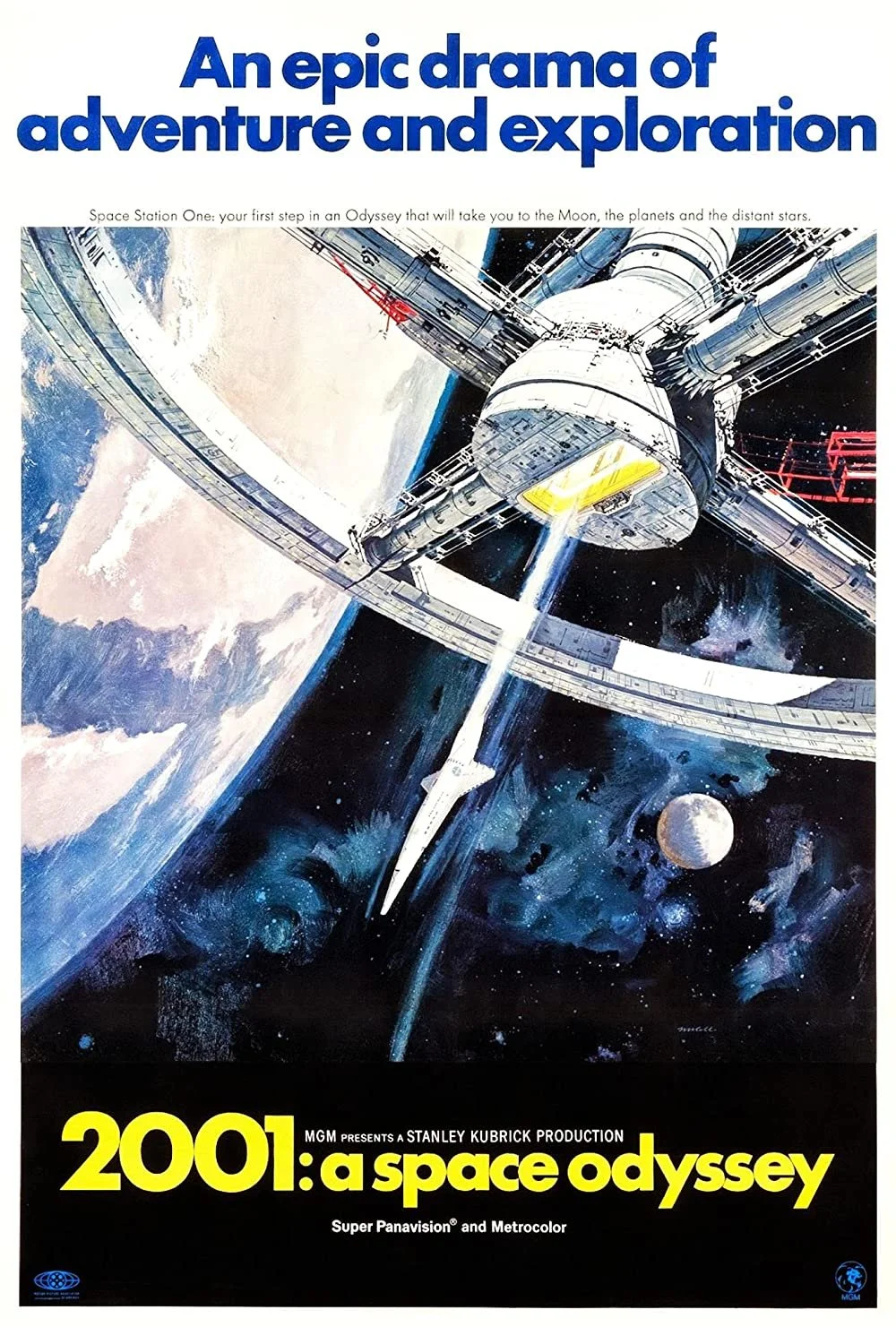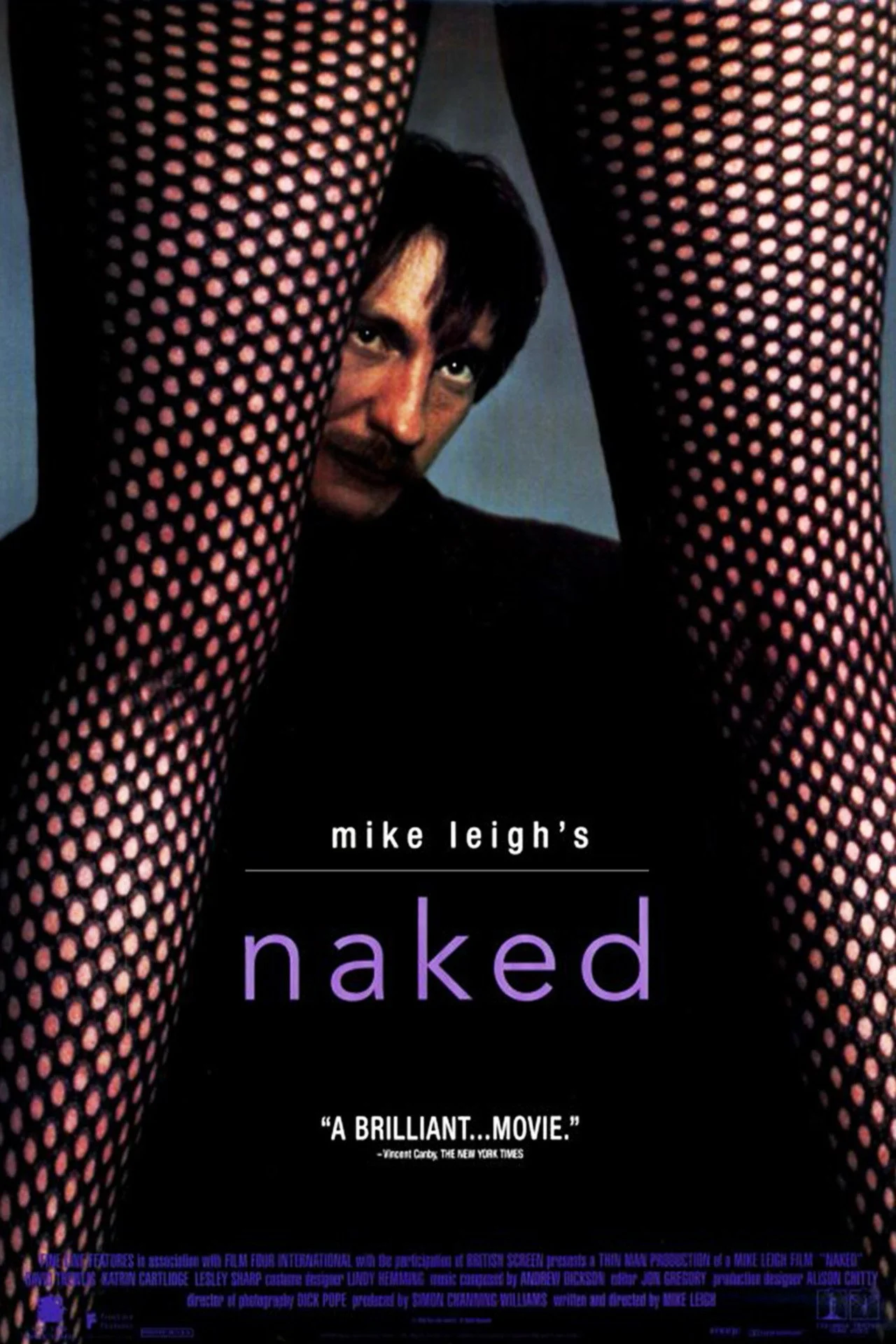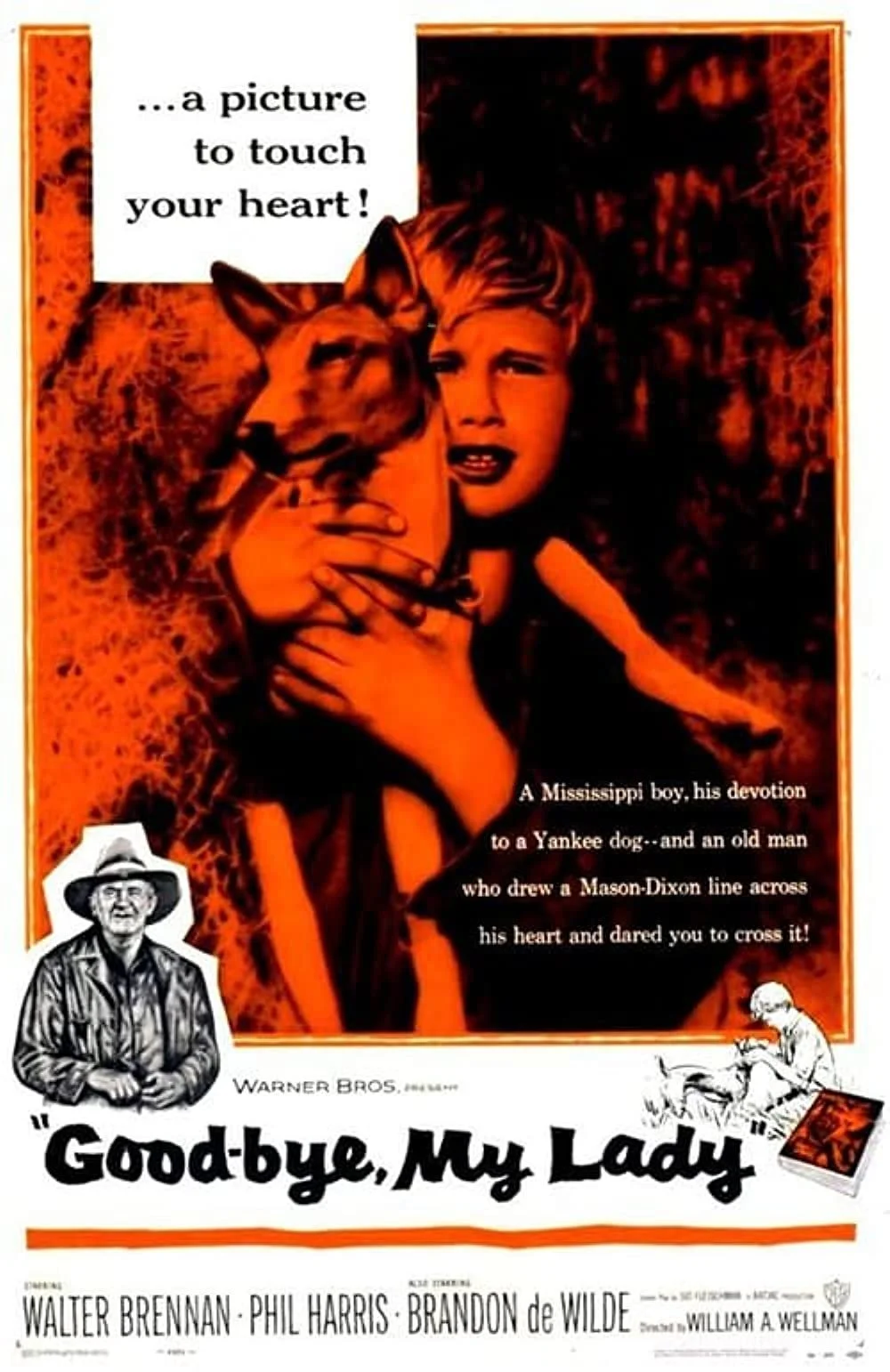In every culture we know we have to grow up, which means losing the sense of childishness so we can take responsibility and be more considerate and open in our ways of thinking. But what we forget is our sense of childlikeness, which people often conflate with childishness – a sense of wonder, joy, and innocence. Adults forget what it’s like to be a kid, and force the worldly values of alignment, greed, and conformity on adolescence.
Read MoreA light bulb popped on a few months ago. Since then the idea made visible has been the guiding illuminating concept of where I think Secret Movie Club needs to go.
We (the movie industry, movie lovers, movie makers, movie writers, the movie community in all its facets and myriad forms) need to re-vitalize and re-affirm the movie magic feeling.
Read MoreWhen modern audiences think of the western genre from the golden age, they normally conjure up images of righteous heroes, with a simple black and white morality of good guys versus bad guys. What they don’t realize is what a generalization that is, and that there was a time after WWII and the Korean War, that the genre explored the conflict within our culture, and the despair of men who faced atrocity.
Read MoreIt always feels like the start of a backhanded compliment (or worse subtle putdown) to call any movie “minor” in a director’s body of work.
And yet, the minor movies often provide light and perspective on the major movies.
Read MoreHungarian filmmaker Bela Tarr’s 7 1/2 hour 1994 opus Satantango is oft whispered about in the halls of movie lovers as one of the great white whales of cinema watching.
Have you seen it? Do you know about it? What is it actually like to watch it?
Read MoreHitchcock made Saboteur (1942) and Shadow of a Doubt (1943) back to back. He even used the same cinematographer, Joseph Valentine, who would work one more time with Hitch on 1948’s Rope.
The two movies also share a distinction of showing, in snapshot, two sides of Hitchcock’s filmography.
Read MoreHitchcock made Saboteur (1942) and Shadow of a Doubt (1943) back to back. He even used the same cinematographer, Joseph Valentine, who would work one more time with Hitch on 1948’s Rope.
The two movies also share a distinction of showing, in snapshot, two sides of Hitchcock’s filmography.
Read MoreLegendary filmmaker and former film critic Francois Truffaut once said, “I demand that a film express either the joy of making cinema or the agony of making cinema. I am not at all interested in anything in between; I am not interested in all those films that do not pulse.”
Read MoreIf anyone says any of the current digital projection formats are better than 70mm film, they’re lying to you.
Or don’t know what they’re talking about.
Or haven’t recently seen a movie shot on 70mm film, projected on 70mm film.
Read MoreWhen looking at the last few decades of American film, many of them are often safe, formulaic, and lack a form of human insight. While there are some exceptions in America, most other countries still have filmmakers who go against these conventions, and one of the most significant is Britain’s own Mike Leigh.
Read MoreI love reading. I have almost never read something and then thought “Well that was a waste of three days, three weeks, three months. . .”
Read MoreWhen looking at the studio era of filmmakers – a time from the 1930’s through 50s when men for hire would crank out three or four films a year – one name that often gets overlooked is William A. Wellman. He was a contract director for Warner Bros., and made over 80 films, among them the first Academy Award Winner for Best Picture Wings, the landmark gangster film The Public Enemy, the first version of A Star is Born, and the classic comedy Nothing Sacred.
Read More
